Quick overview
- Stand-out styling
- Hybrid engine options
- Lots of space
- Less versatile than some
- Ride and handling only so-so
- Six-speed auto not the smoothest
Hyundai has not held back with its current Tuscon’s styling. Far from the conservative previous models, this one has a front end that you could only ever identify as this car. The multiple LED lights give it that distinctive face, assisted by the egg-crate grille. Down the side, the car is also marked out by Tucson’s large strakes that give the Tuscon a more sporting air than many of its rivals, such as the Ford Kuga or Nissan Qashqai.
The daring approach is more than skin deep with the Tuscon, too. Inside, it’s a huge leap forward from what went before and it’s plushly trimmed in high quality materials, though the whole doesn’t quite reek of the effortless class that you find in a Volvo XC40. No matter, the Hyundai comes with an abundance of equipment as standard in even the entry-level model, and of course they all have the Korean firm’s excellent five-year warranty as standard.
Power for the Tuscon range comes from a 1.6-litre turbo petrol engine that is also available as a mild hybrid or plug-in hybrid (PHEV). This gives buyers plenty of choice and the plug-in model comes with four-wheel drive to make the best of its 265hp output. The PHEV version can cover up to 38 miles on a charge and feels very brisk, though the six-speed automatic gearbox is not the smoothest in operation. Most will forgive it this for the low running costs it offers, especially company drivers lured by the PHEV’s 12% company car tax banding.
Some drivers will find the ride and handling of the Tuscon don’t quite marry up with its bold approach. The ride is a bit on the firm side and the handling is not as sharp or precise as a Ford Kuga’s. However, there is still a great deal to like about the Tuscon.
Infotainment, comfort and practicality
Settling in to the driver’s seat of the Hyundai Tuscon is a very pleasurable experience. The seat is not as high-set as some, which means the driving position is not as commanding as a Land Rover Discovery Sport, but it also makes it easy to get in and out of the Tuscon. Once in, you find the seat has electric lumbar adjustment even in the entry-point SE Connect model. There’s also plenty of movement in the seat’s position and steering wheel to fine tune how you sit in the car to be very comfortable in the supportive seats. All-round vision is hampered a little by the angle of the windscreen pillars and thick rear pillars, but Hyundai fits rear parking sensors to all Tuscons to overcome this.
In the back, rear seat passengers get just as good a deal and the chair back can be reclined to offer a bit extra comfort on longer trips. The rear seat doesn’t slide like it does on some of the Hyundai’s rivals, but there’s lots of room for legs, arms, shoulders and heads for two adults or three children. It also feels more airy and open in the back of the Hyundai, which cannot be said for many of its rivals with high belt lines and narrow windows.
Take a peek in the boot area and you find 620-litres of load space, putting the Tuscon firmly among the most accommodating in this class of car. However, this figure shrinks with the hybrid models due to the battery pack that nestles under the load floor. Still, you can easily extend the load room of the Tuscon by dropping any of its 40-20-40 split and tip rear seat back section. In the Ultimate, model there are handles in the sides of the boot walls to release the seats, which makes it less of a stretch when you need to drop them down.
Returning to the front of the well put together Tuscon’s cabin, the infotainment in all models uses a 10.25-inch touchscreen, and it’s one of the best systems you’ll encounter. The screen is quick to respond to your finger’s press and movement, and the menus are all arranged in a logical fashion, which makes the Hyundai’s infotainment much less distracting to use. It pairs up with your smartphone wirelessly so you can access apps via Apple CarPlay or Android Auto.
Below the infotainment screen are touch-sensitive buttons for the heating and ventilation. They are clearly marked, but can be a little tricky to select the right one as you drive, unlike the brilliant rotary controls found in a Skoda Karoq. As for the main instrument display in the Tuscon, its digital dials are easy to read and the steering wheel controls let you choose various functions on the move while keeping your hands where they need to be.
2021 Hyundai Tuscon engines: how does it drive?
In keeping with its much sharper styling, the latest Tuscon also ups its driving game to deliver a keener experience. This is achieved through suspension that is firmer than the Hyundai’s predecessor, so you will notice a few more imperfections in the road’s surface in this Tuscon. However, it’s not jiggly or uncomfortable, but it’s not as well honed and balanced as a Skoda Karoq or Ford Kuga. If you opt for the Tuscon on larger wheels as an option or with the higher trim levels, you’ll find the firm ride more noticeable at faster speeds where a Mazda CX-5 of Volvo XC40 are more composed. Again, it’s not a significant drawback in the Hyundai, and road and wind noise are both pleasantly muted.
Where the stiffer suspension of the Tuscon pays dividends is in the handling department. Where the previous generation model was decently adept, this Tuscon is fun to drive on twisting routes, helped along by accurate steering with good feel and response to your inputs. Unlike many SUVs that favour a dulled steering sensation, the Hyundai feels nimble in town and country, yet it’s also stable and composed on the motor where sidewinds are not an issue. There are also plenty of safety systems included with all models in the range to ward off potential collisions and warn the driver of any impending hazards.
There are no diesel engine choices in the Tuscon line, but what you do get is a very broad selection of petrol models that all start with a 1.6-litre turbo petrol motor as the base. In the entry-point to the Tuscon, this 150hp petrol motor is all you get and it drives the front wheels through a six-speed manual gearbox as the only transmission with this powerplant.
Next, the Tuscon starts down its petrol-hybrid path of propulsion with the 150hp mild hybrid that comes with a seven-speed automatic gearbox as standard. The main benefit of this model is its lower emissions. It’s a little quicker than the petrol-only model, but the dual-clutch auto ’box can be a little slow at deciding to change gear. A much better bet is the 180hp set-up that is only offered in the N Line S and Ultimate trims, and it comes with four-wheel drive. This helps cornering grip and traction in bad weather, but it also means the fuel economy and emissions are not as good as the lower-powered hybrid with its front-wheel drive arrangement.
For a fully hybrid Tuscon, you need to move to the 230hp model, which has a six-speed auto transmission. It feels much brisker than the four-wheel drive version and is a great car for longer distances thanks to its smooth power delivery. Should you prefer the ability to plug in your hybrid to charge up for a greater EV-only range, the 265hp Tuscon offers this. It’s the quickest car in the line-up, but weight of the battery means it’s not markedly faster. However, it can cover up to 38 miles on a full charge.
Value for money: how much does a 2021 Hyundai Tuscon cost to buy and run?
The Hyundai Tuscon range begins with the SE Connect that has almost everything you need. It comes with the 10.25-inch infotainment touchscreen used on every model, Apple CarPlay and Android Auto, cruise control, selectable drive modes, climate control, and electric lumbar adjustment for the driver’s seat. It also has a reversing camera and sensors, but Forward Collision Avoidance Assist is an option. Next is the N Line that has 19-inch alloy wheels, heated front seats, and rear privacy glass. Or you could have the N Line S that adds the collision warning along with Blind Spot Assist, heated steering wheel, panoramic sunroof, and electric tailgate operation.
The Premium improves on the SE Connect with 18-inch alloys, or 19-inch items with the Hybrid cars, plus adaptive cruise control. You also get wireless phone charging, keyless entry and ignition, and the safety upgrades of the N Line models. At the top of the Tuscon tree is the Ultimate with heated and cooled leather seats that gave electric adjustment, remote rear seat folding, and Rear Cross Traffic Alert.
Prices for the Tuscon SE Connect begin at £29,140 for the petrol-only model, while the 230hp hybrid goes from £32,870. An N Line costs from £31,540 for the petrol or £33,350 for a mild hybrid, while the N Line S is £33,240 and £35,270 for the same models, respectively. The Premium trim begins at £30,840, and the Ultimate starts from £33,540. You should be able to find a year-old Tuscon for around the £25,000 mark. However, with savings of up to £4000 on new cars available, it makes a brand new model almost the same price.
If you choose the petrol-only Tuscon, it offers combined fuel economy of 42.2mpg and 151g/km carbon dioxide emissions in SE Connect trim. The mild hybrid model improves that to 44.1mpg and 144g/km, while the 230hp hybrid delivers 50.4mpg and 127g/km. Bets of the lot is the plug-in hybrid model that provides a 38-mile battery range along with 31g/km CO2 output and 201.8mpg official average fuel consumption. Insurance for the Tuscon varies between groups 12 and 21 depending on model, while company car tax ranges from a high banding of 36% to a low of 12% for the plug-in hybrid model.
Verdict: Should I buy a 2021 Hyundai Tuscon?
In taking a more striking approach to the Tuscon’s looks and drive, Hyundai has elevated its SUV much further up the rankings in this class. It may have a firmer ride than its predecessor, yet it still delivers excellent comfort and refinement, which are key considerations with any car that acts as family transport. The Tuscon also offers plenty of choice when it comes to picking an affordable engine option. All but one have some degree of hybrid power and the plug-in version is a keen choice for company drivers and city dwellers where low emissions zones are in place.
Hyundai fits the Tuscon with a lot of standard kit in even the entry-point model, or you can move up through the trims to gain a car suited to your needs and tastes. Prices are pitched to compete head-on with the likes of the Ford Kuga and Skoda Karoq, and the Korean comes with a hard-to-beat five-year warranty.
What could I buy instead of a 2021 Hyundai Tuscon?
Ford Kuga
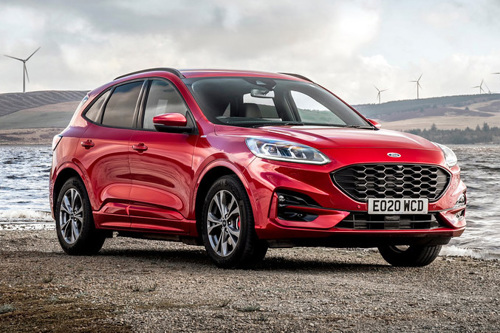
Ford has thrown everything it knows into the Kuga, which is a mainstay of its model line-up. You can have petrol and petrol-hybrid models, including a plug-in version to suit any economy-minded drivers and business users. Inside, the Kuga is very appealing with its roomy, well-appointed cabin, and there’s a generous boot to swallow your luggage. The interior could be a little better finished to help it match its rivals, but there’s nothing wrong with the way the Ford rides and handles.
SsangYong Korando
.jpg?rmode=max&width=500)
You get a lot of car for the money with the SsangYong Korando, but don’t equate that with cheap ‘n’ cheerful. Cheery, yes, as this Korean is decent to drive, comfortable and comes with a whole raft of standard equipment for the very affordable price. The Korando bucks expectations when you sit inside it and feel how well put together it is and the solidity of the materials. It’s also very big on space for people and luggage, while the driving experience is also way beyond anything you initially think possible for the price. It’s not in the same league as a Volvo XC40 or the Hyundai Tuscon, but the Korando is still very comfortable.
Jaguar E-Pace

If you fancy a bit of luxury and spoiling yourself while remaining within the compact SUV bracket, the Jaguar E-Pace is an intriguing option. Few cars have the cache of one with the Jaguar badge and the E-Pace backs it up with a sporty drive and good ride comfort on all but the most gnarly roads. Just as importantly, it comes with a choice of engines that includes a plug-in hybrid that can cover up to 34 miles on a full charge. Where the E-Pace trails behind the likes of the Tuscon is interior space, where there just isn’t as much room for front or rear passengers, or your luggage for that matter.



.jpg?rmode=crop)
.jpg?rmode=crop)
.jpg?rmode=crop)

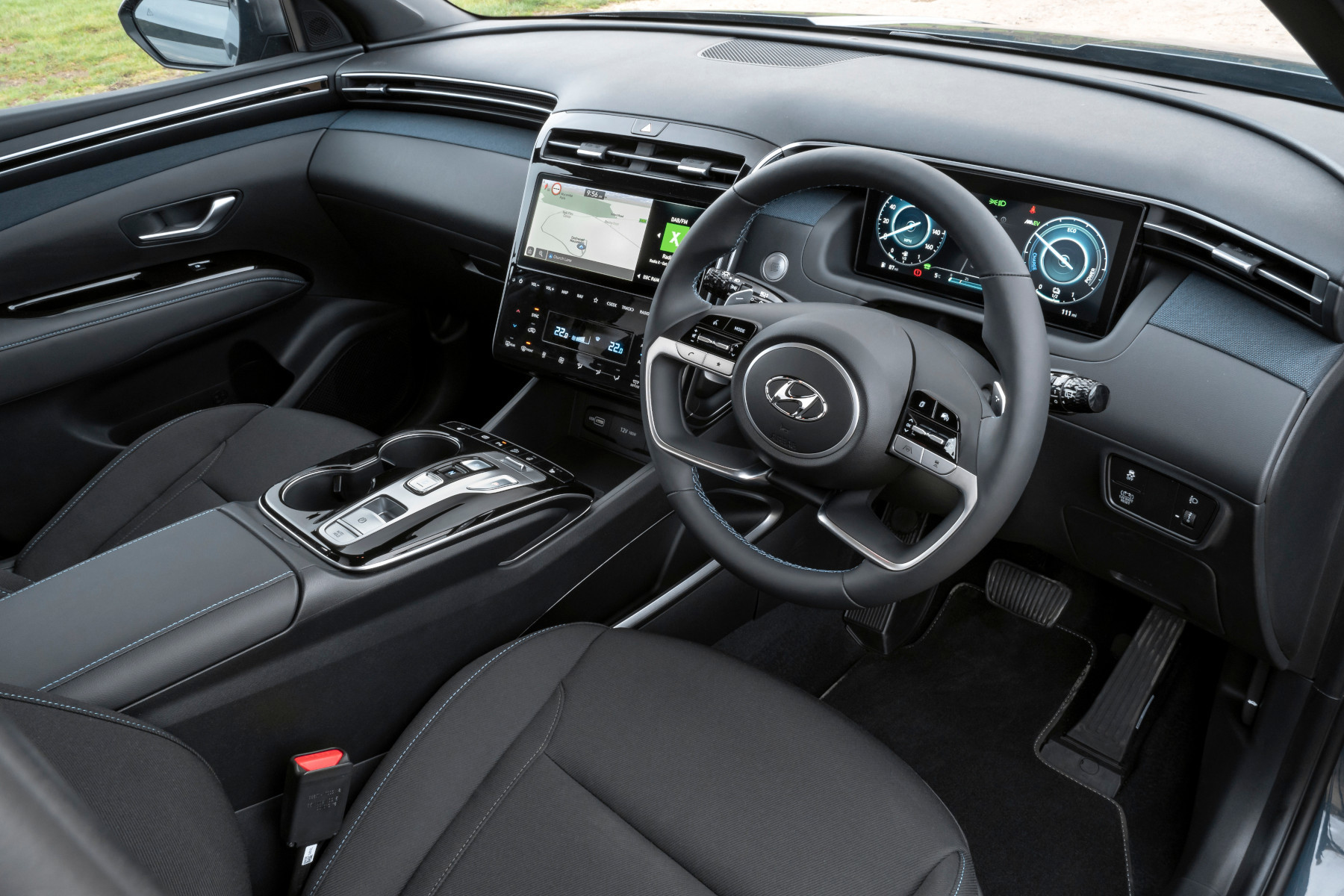
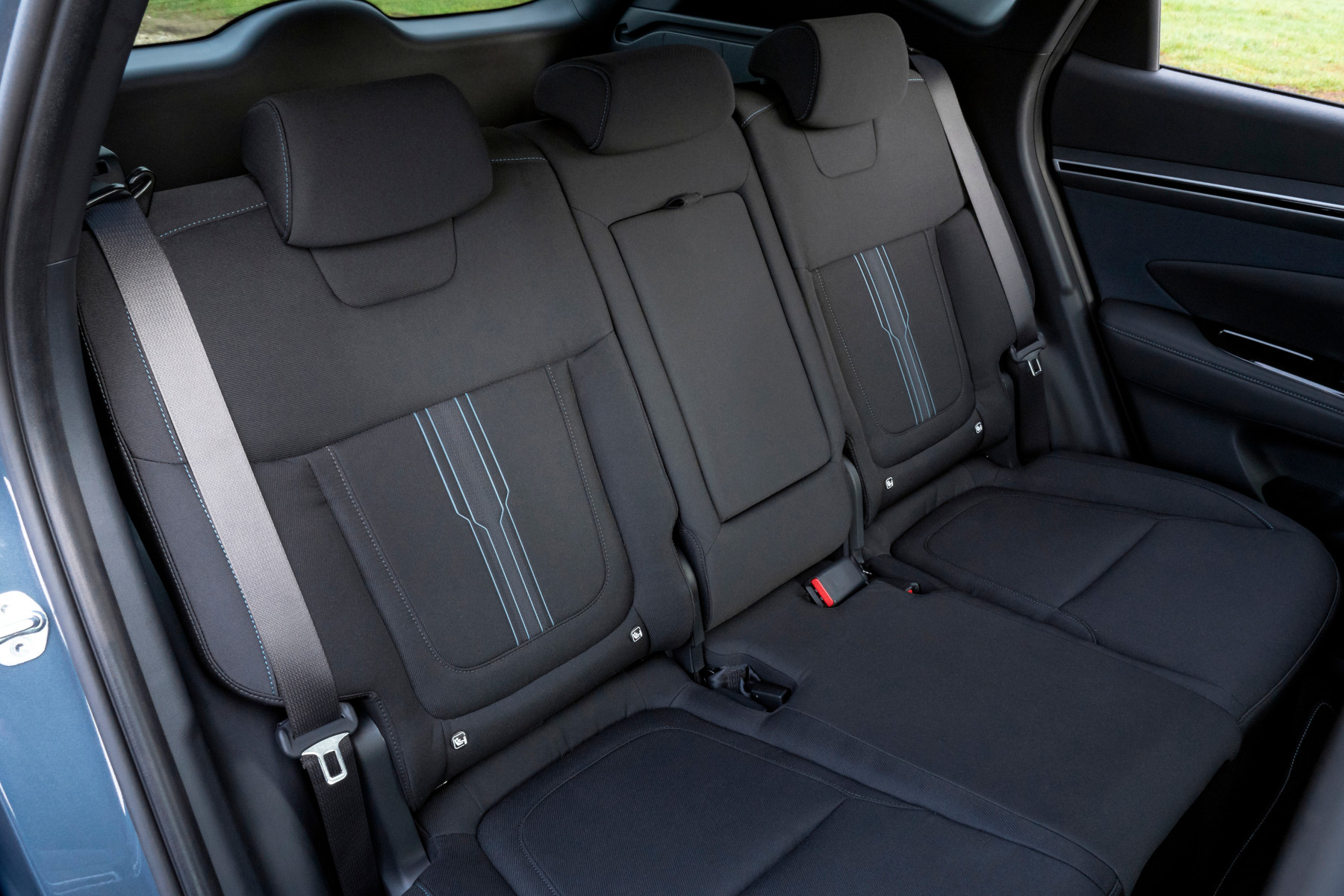
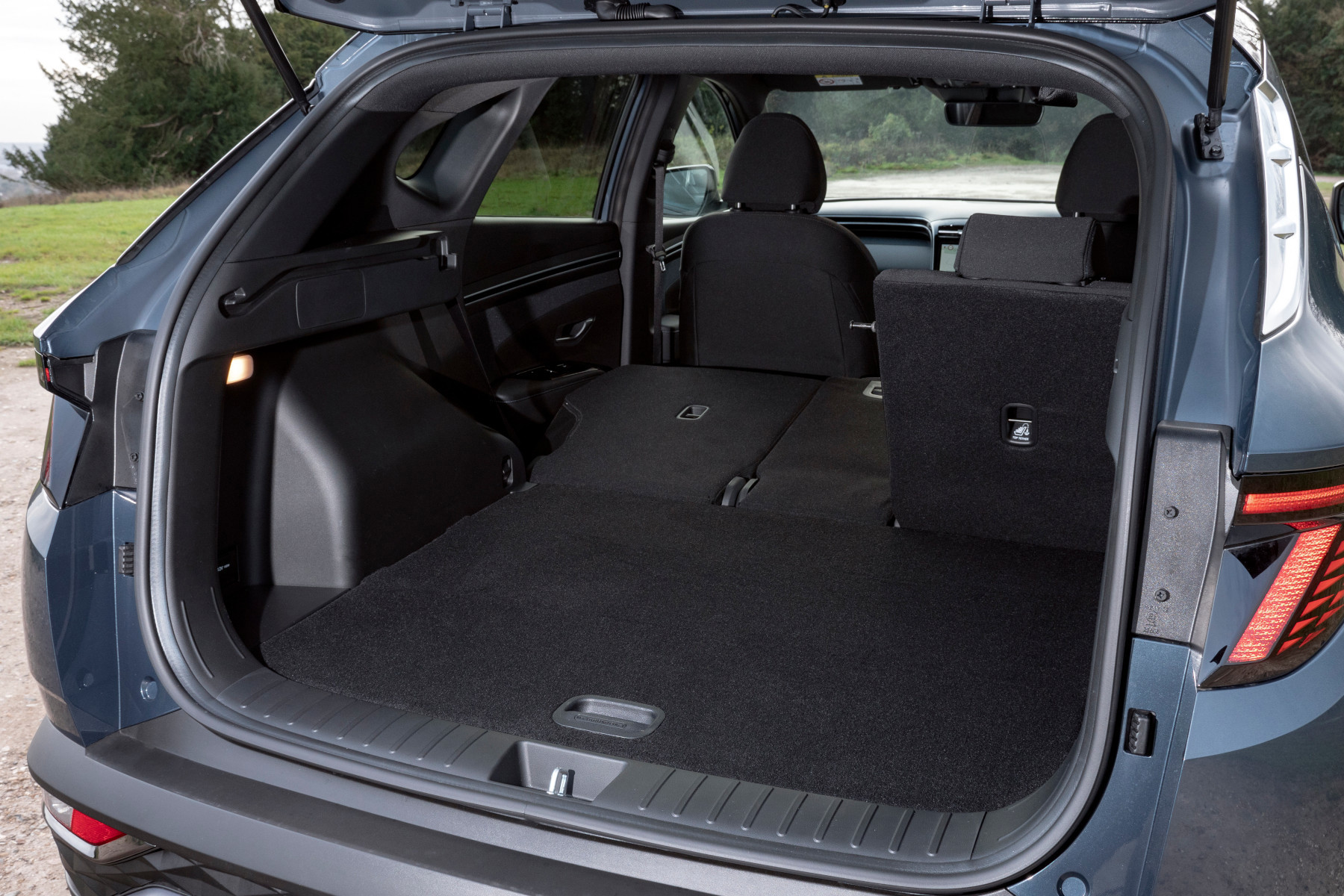
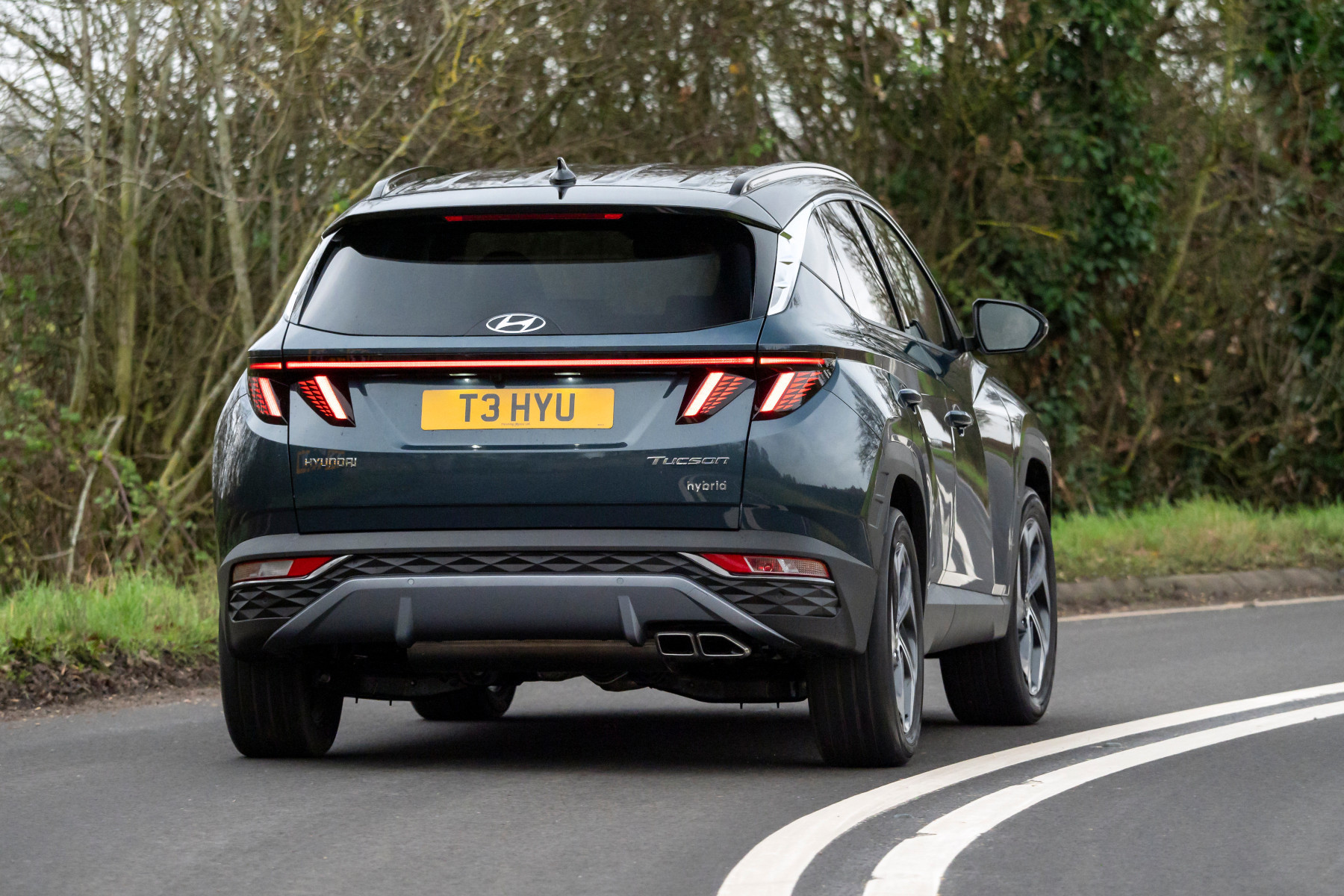
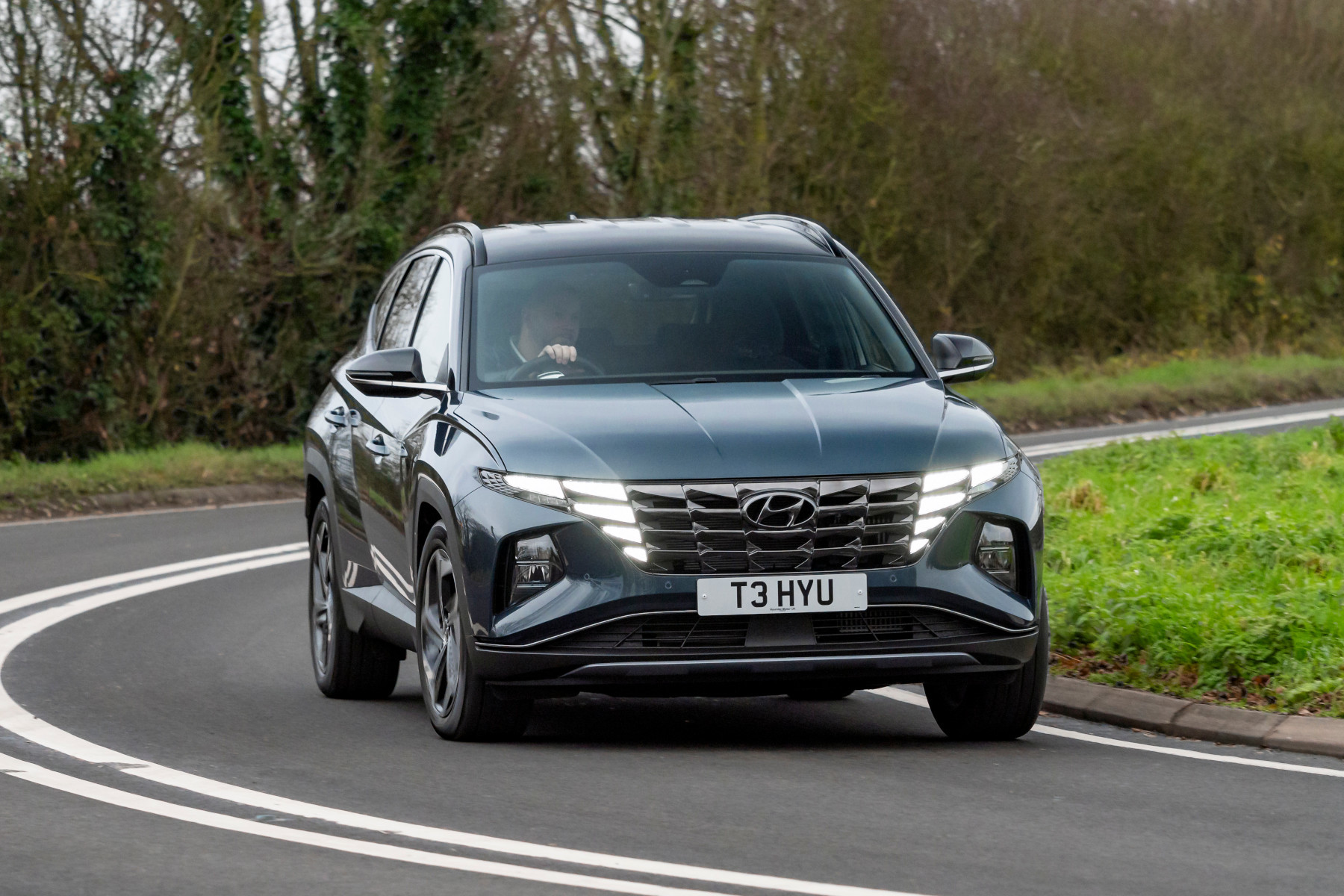
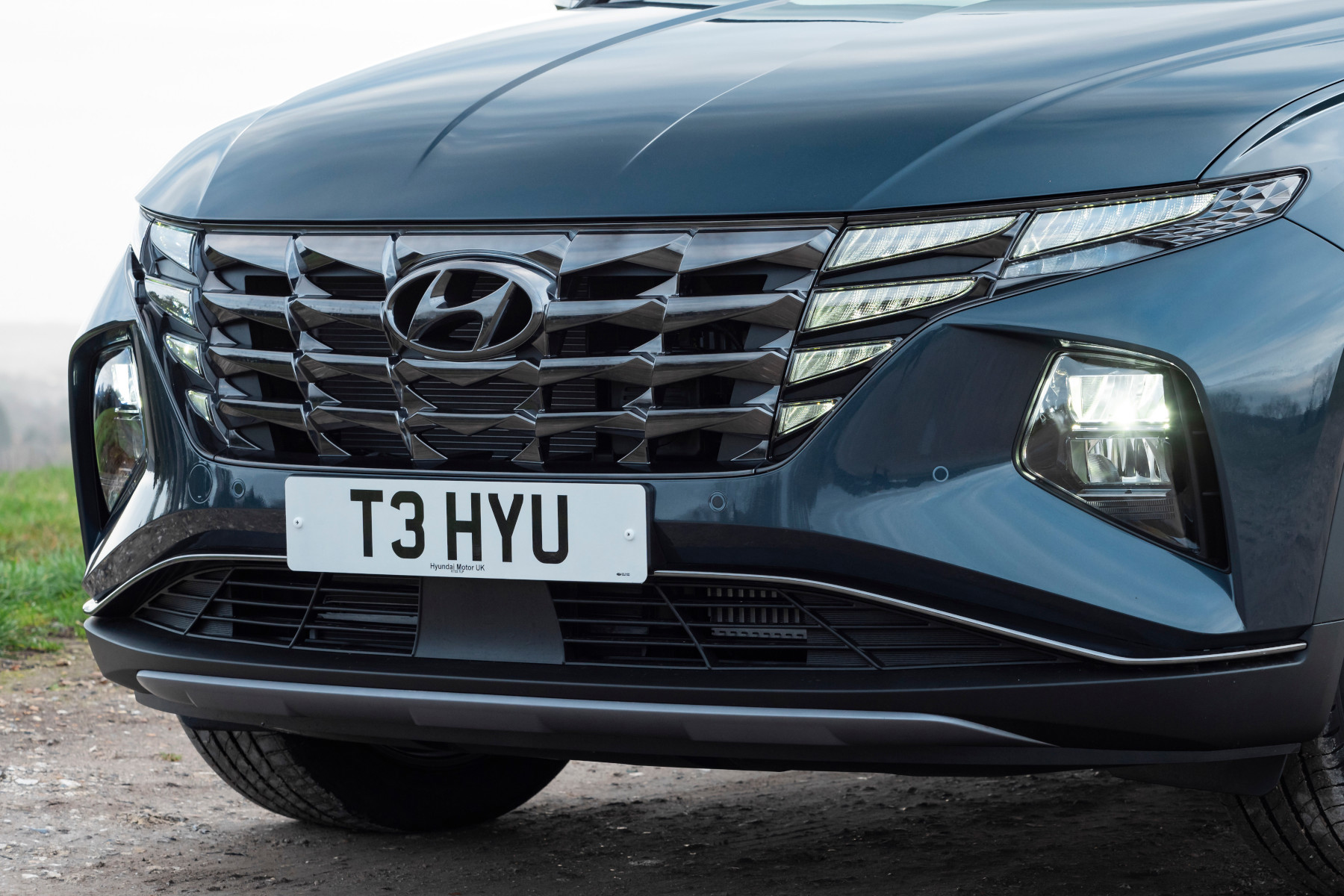
.jpg?rmode=max&width=500)
